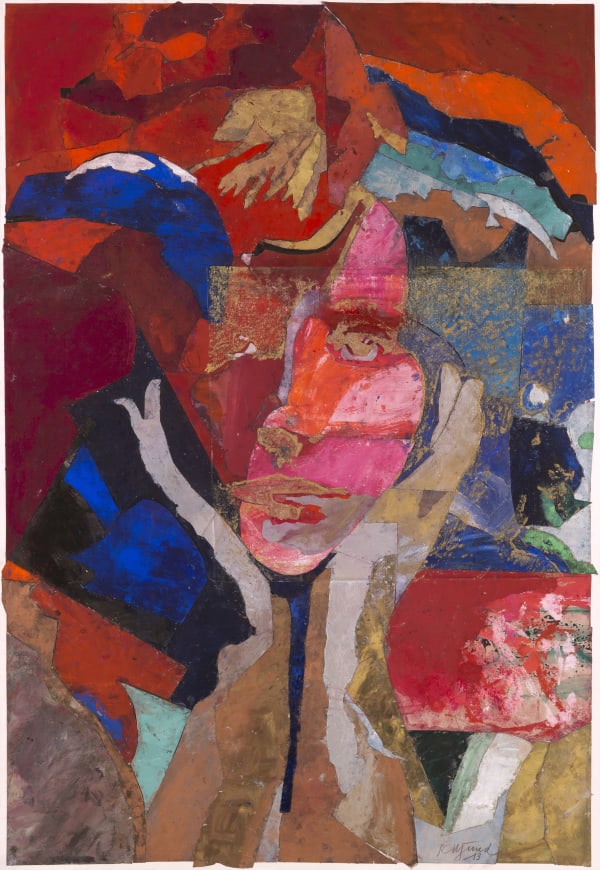Roger Pfund Swiss-French, b. 1943
Roger Pfund born in Bern in 1943, is a Swiss painter and graphic designer. He lives and works in Geneva, Switzerland.
Roger Pfund attends a cursus in Graphic Design at the Kurth Wirth studio in Bern. In the 1960’s Bern his home to many artists, including: Meret Oppenheim, Jean Tinguely, Niki de Saint-Phalle, Rolf Iseli et Bernard Luginbühl. Roger Pfund immerses himself in this vibrant artistic atmosphere and practices painting in parallel to his designer work. In 1971, after traveling to Venice, he settles in Geneva where he will develop his graphic design practice to its full extent. Collages, photographs, decoupages, drawings, volumes, prints, he explores every technique in complete freedom.
As a graphic designer, Pfund is mostly known having drawn the new Swiss Passport in 2003, a work that joins together artistic creativity and technical knowledge; and for having created the designs of many countries’ banknotes. In 1971, he was mandated by the Swiss National Bank to develop a series of reserve banknotes. His innovative concept uses vivid and contrasted colors. He he’s also the author of the last French banknote series before the money changed to the Euro. In 1986, he wins the competition organised by the Swiss National Bank for its sixth series of banknotes and the first prize of the Euros competition in 1996.
Roger Pfund explores all dimensions of visual creation: painting, visual identity, communication campaigns, signage. Painting though, remains his first passion and, for more than 30 years, his paintings have been regularly exhibited in Europe, Canada, USA, Japan and China, especially his pictorial work, his portraits (Callas, Rimbaud, Nijinsky, etc..) and his popular posters (Amnesty International, Teo Jacob, Grand Théâtre de Genève, Red cross museum, Knie circus, etc…).
Roger Pfund has also participated to the conception of museums installations (Red Cross Museum, Red croissant Museum, Lucerne museum of transportation). He created the public signage of the Geneva airport, the Balexert Center as well as official buildings of the city of Lyon such as schools and administrations.










